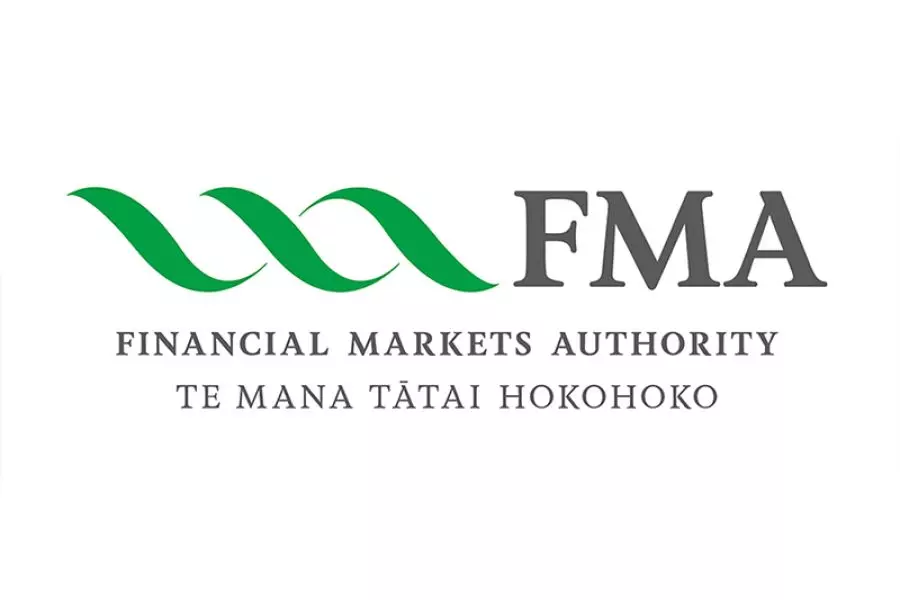News
Interest rates set to spiral further upwards
Tuesday 24th of April 2007
By Jenny Ruth
That partly reflects rising bank profit margins &ndash...
Want to read the full article?
Click the button below to subscribe and will have unlimited access to full article and all other articles on the site.









![[The Wrap] Bye Bye Bayly](https://goodreturns.publit.io/file/c_fill,w_900,h_600/39f23ac1-f7c7-4854-b700-a150004ebbac.webp)